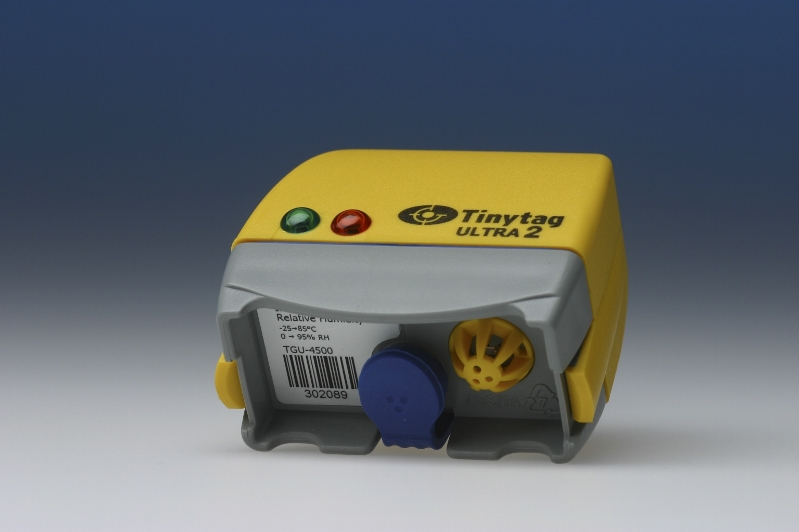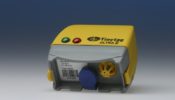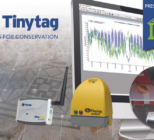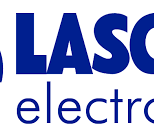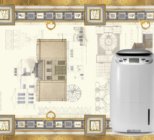The Museum primarily serves to inform the public and educational groups about the local Purbeck stone industry from Roman times to the present day. The museum, a non-profit-making charity run by volunteers, has one of the most extensive and prestigious village collections in the south of England.
Two Tinytag Ultra 2 loggers are used to monitor temperature and relative humidity in the main display room and also in the museum stores. The main museum building is a converted coach house containing the displays in two small rooms, and the store for small, degradable items is a converted bedroom. Because of the nature of the premises, it is vital that temperature and humidity is regularly monitored to help ensure the collections are kept in the correct conditions – particularly over the winter months when the museum is closed and unoccupied.
The exhibits include photographs, maps, paintings, fabrics, books and documents, wooden and metal tools, fossils, rocks, and other artefacts. Many materials, such as photographs, documents and fabric are particularly susceptible to decay. Leather and wooden objects are at risk of mould and decay. Metallic objects such as the tools, coins, medals, cutlery, trophies, etc, are likely to corrode or develop a patina and would degrade if frequently polished.
The building is built in Purbeck stone without a cavity wall and the inner walls are unfaced stone which is permeable to moisture to some extent; there is a stone tile roof without insulation, and no double glazing. Storage heaters maintain low warmth throughout the winter. Options for environmental controls in the museum store are very limited, so it is vital that the loggers provide evidence that temperature and relative humidity remain within acceptable limits.
Nick Goulding, Assistant Curator said: “We chose Tinytags partly on the recommendation of experts within the Museums Advisory Service. They were compact and very unobtrusive, cheap to run and maintain, and because of the long battery life they could be left for long periods without attention.”
Data is collected every six months and the resulting charts are available to the museum committee for assessing needs for control equipment and to confirm the collection is safe, and to the museum authorities to ensure accreditation standards are not breached. With the data provided, it became apparent that humidity levels in the past were too high and that building work was needed to reduce water ingress at the rear, and that a dehumidifier was essential in the old coach house.
“Ease of use was a major concern for our non-technical volunteer staff – set-up and download of data was fairly easy and presented in an easy to comprehend and flexible format,” said Goulding. “It satisfies all the requirements of our museum committee and the museum authorities. The Tinytags have proved to be totally reliable and flexible in operation, and we have been particularly pleased with the back-up service provided– fast, efficient and very supportive of our small museum.”
For more information click here


